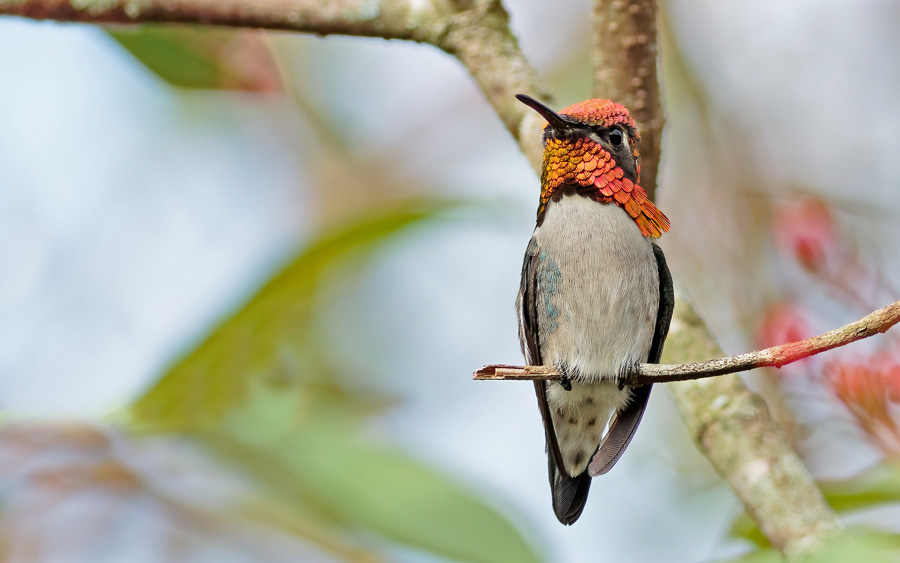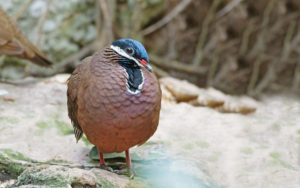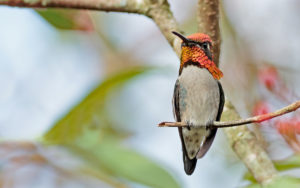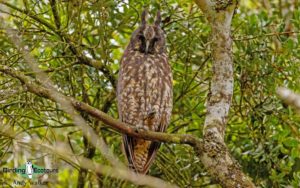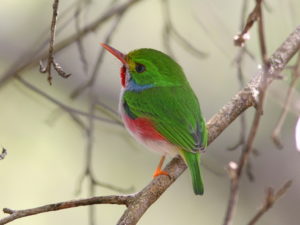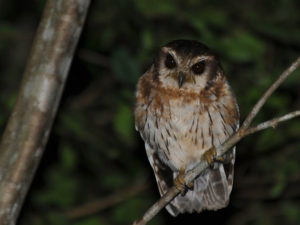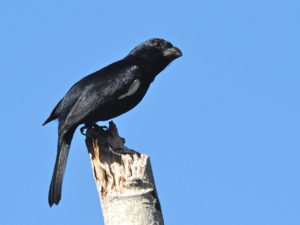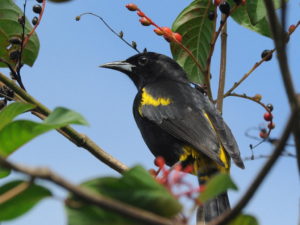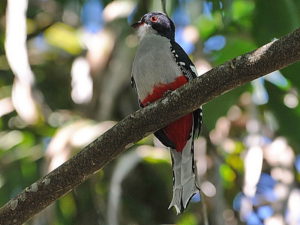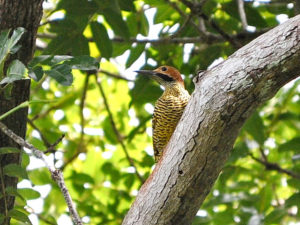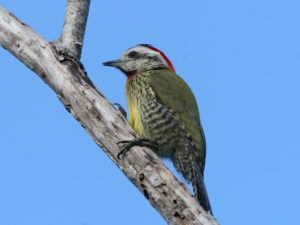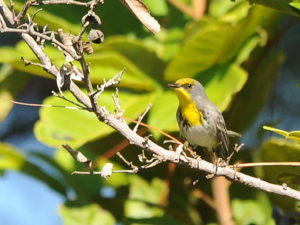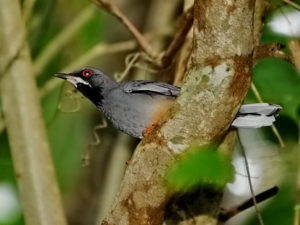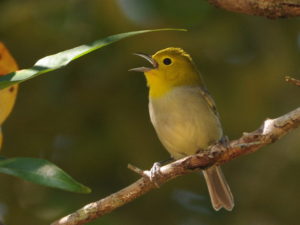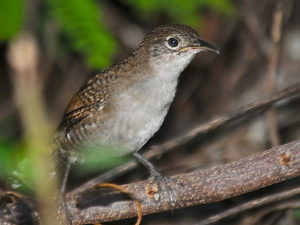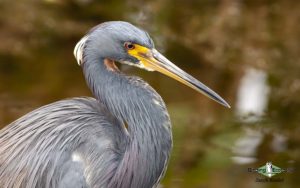Cuba Birding Tours
Our Cuba birding tours give you the opportunity to find a number of exciting island endemics and to enjoy the culture of this vibrant Caribbean island. Along with Jamaica and the Dominican Republic, Cuba is one of the most important birdwatching destinations in the Caribbean. Cuba is one of the countries richest in diversity and endemism in the Greater Antilles. Of a total country list of 393 species 28 are endemic to the island (we aim to find most of the endemics on our Cuba birding tours) and 32 are threatened species. With one monotypic endemic family, the recently split Oriente Warbler, and the smallest bird in the world, the Bee Hummingbird, a Cuba birding tour should be considered obligatory for any world birder.
Cuba is a land of contrast and history, where the paradise beach resorts are juxtaposed with the downtown of Havana city and where numerous old, bright, colorful American cars and colonial buildings from the 16th century such as Morro Castle provide a unique atmosphere. Although Cuba is well known for the infamous Cuban Revolution of Fidel Castro and Ernesto “Che” Guevara, it is also a collection of pictures of local women producing handmade cigars, vast sugar cane farms, the rhythms of local music like by the legendary Buena Vista Club Social Orchestra, the delicious mojito cocktail, and the hospitality of friendly Cuban people. However, few people know that the history of Cuban ornithology started 170 years ago and a series of scientific papers and books have been published since then. The birds and animals, as most island dwellers in the world, are most sensitive to extinction due to deforestation and other threats, and Cuba used to host the now-extinct Cuban Macaw and the probably extinct Bachman’s Warbler. Another noteworthy species that is likely to have disappeared from Cuba is the local subspecies of Ivory-billed Woodpecker. This large woodpecker was last seen in old-growth forest of eastern Cuba in 1987 and is now presumed extinct! Cuba is also the home of rare creatures such as the Critically Endangered (IUCN) Cuban Crocodile and Cuban Hutia along with extremely rare and also Critically Endangered (IUCN) birds such as Zapata Rail and Cuban Kite.
Read More About Cuba
During our 12-day Cuba birding tour we will cover the most representative birding sites of the island including La Güira National Park, where we will be thrilled by Cuban Trogon and Cuban Tody. In addition to these two beauties we will look for Cuban Solitaire, Olive-capped Warbler, and the localized and scarce Cuban Grassquit.
Our next port of call on our crossing of the island will be the Cienaga de Zapata National Park, the largest wetland ecosystem of the entire insular Caribbean. Here in Playa Larga and Playa Girón we will be delighted by endemic bird species such as Zapata Wren, Zapata Sparrow, Cuban Parakeet, Cuban Green Woodpecker, Yellow-headed Warbler, Blue-headed Quail-Dove, and Grey-fronted Quail-Dove. In addition we will look for Cuban Oriole, Cuban Vireo, King and Spotted Rails, Fernandina’s Flicker, and the most-wanted Bee Hummingbird. With some luck, we might also find the widespread Stygian Owl roosting at daytime and the endemic and rare Gundlach’s Hawk, and we will focus on the two endemic species of owls, Bare-legged Owl and Cuban Pygmy Owl.
We will continue our trip to the Cayo Coco area, home of the endemics Cuban Gnatcatcher and Oriente Warbler (recently split into its own family, Teretistridae), both most-prized targets for this trip. Finally, the Camagüey and Sierra de Najasa areas should provide views of Cuban Martin, Cuban Crow, Cuban Palm Crow, and Giant Kingbird.
Birding Ecotours invite you to join this exciting Cuba birding trip!
Download Cuba Itineraries
Cuba: Endemics & Culture in Paradise March 2026
